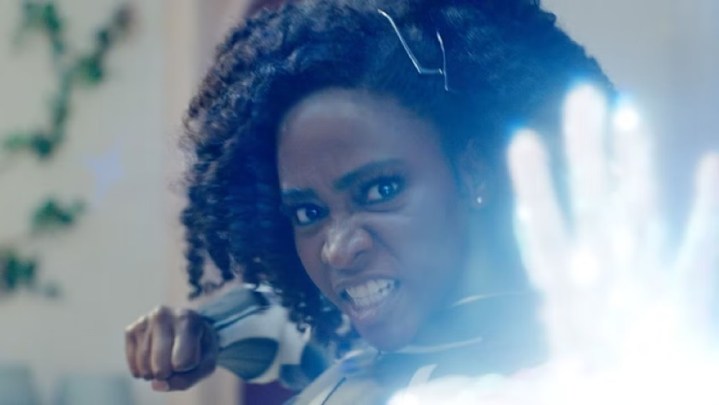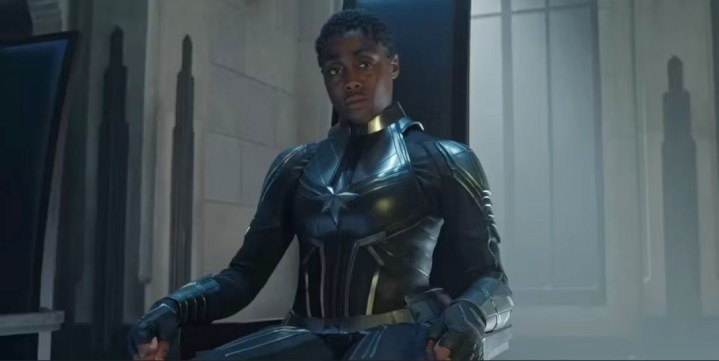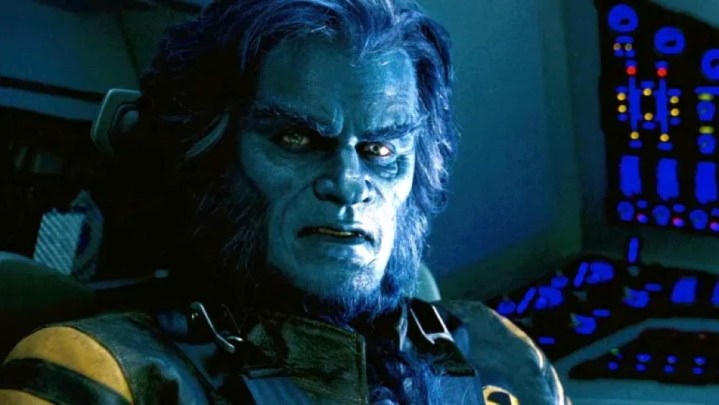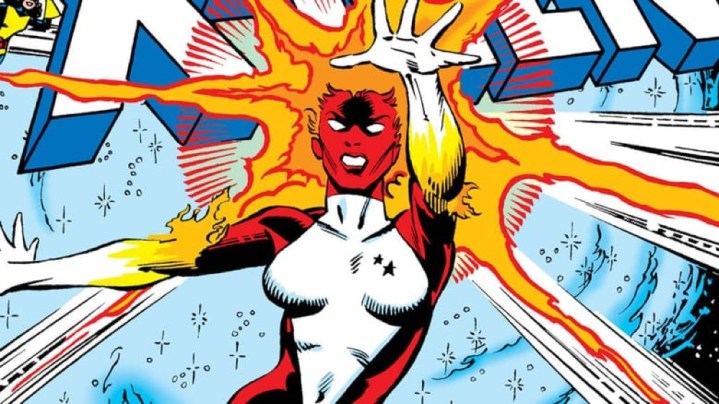
It’s November, which means it’s time for the usual seasonal things: holiday movies no one wants to see; too many football games to keep track of; and sales on stuff you probably don’t need. It’s also time for another Marvel movie, and the latest one, The Marvels, promises more of the same except with a lot less fan enthusiasm and critical acclaim.
Yes, the MCU is in a bit of a slump lately, but that hasn’t stopped people curious about what’s going on all these multiverses and what latest Easter eggs are teasing future plotlines. The Marvels is no different, as it contains the usual post-credits scene(s) that are designed to whip up enthusiasm for the movie itself and potential sequels down the road. But how many post-credits scenes are there in The Marvels? And just what happens in those scenes and who cameos? Digital Trends has all the answers for you below.
How many post-credits scenes are there in The Marvels?
There’s only one post-credits scene in The Marvels. Usually, there are two, but even Marvel has to be frugal in this tight economy.
The Marvels post-credits scene number 1

At the end of The Marvels, Monica Rambeau had to stitch a hole in the space-time continuum that threatened to collapse the MCU’s reality with an unidentified other reality. The good news? Monica successfully prevents the two realities from merging and saves the day. The bad news? She’s stuck in the other reality. She disappears from the remainder of the movie and doesn’t pop up until the sole post-credits scene in The Marvels.
When we next see Monica, she’s lying in a bed, hooked up to monitors. She looks to her right, and someone is seated right next to her: it’s none other than her mother, Maria Rambeau (The Woman King‘s Lashana Lynch). Something is immediately off for two reasons: Maria is technically dead (she died offscreen in WandaVision and her multiverse variant was slaughtered by the Scarlet Witch in Doctor Strange in the Multiverse of Madness) and she’s a lot younger than she was when she died. In fact, she’s almost the exact same age as Monica herself. What’s going on here?

An off-screen voice suddenly speaks, telling Monica how fascinating she is as a subject of study since she’s from an alternate reality. The voice is awfully familiar, and as the camera pans up, we see who is speaking: it’s Dr. Hank McCoy, aka The Beast. That’s right, Monica Rambeau is in the Fox X-Men reality, which apparently exists now in the greater MCU.
This version of The Beast is the one first introduced in X-Men: The Last Stand and is once again played by Kelsey Grammer. “Played” might be a bit of a stretch as this Beast appears to be all CG not the heavily prosthetic-and-makeup iteration that was in The Last Stand. Still, it’s the same character and the first blatant confirmation that the X-Men now exist somewhere in the MCU. The rumors were indeed true: The Marvels introduced the X-Men. Finally!
But wait, there’s another surprise. As Monica pleads with her mother to remember her, Maria stands up, and the camera pulls back to reveal her in a very familiar red-and-white costume. Fans will instantly recognize this costume as belonging to Binary, an X-Men supporting character from the early 1980s who was first embodied by … Carol Danvers.

Yes, before she was Captain Marvel, she was Binary, a super-powered intergalactic heroine with the power of the sun at her fingertips. It appears Maria is now this universe’s Binary, and has no idea who Monica is or why the stranger keeps calling her mother.
The Marvels is now playing in theaters nationwide.
Editors’ Recommendations

